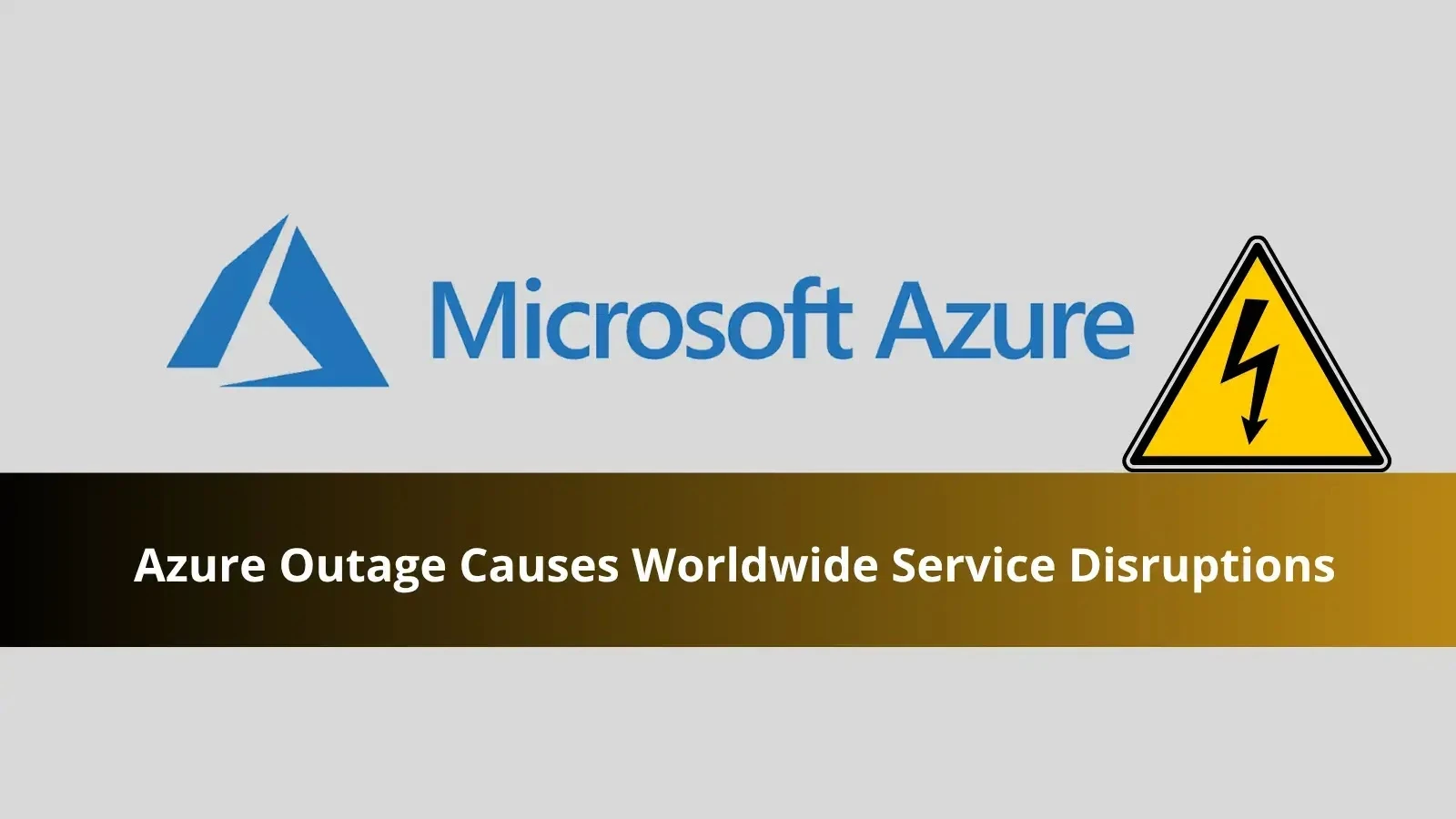Managing people-related costs has become one of the most critical priorities for businesses in today’s competitive environment. With labor often representing the largest share of operating expenses, organizations need data-driven strategies and modern tools to optimize workforce investments while maintaining productivity and employee satisfaction.
Understanding the Cost Drivers
People-related costs go beyond salaries. They include benefits, training, recruitment, turnover, compliance, and technology tools that enable staff efficiency. By analyzing these cost drivers through workforce analytics and financial insights, businesses can pinpoint areas where savings can be achieved without compromising growth.
Leveraging Technology for Cost Control
Cloud-based HR systems, workforce management software, and IT automation tools allow organizations to monitor and manage expenses more effectively. For example:
-
Data Tracking & Analytics – Gain visibility into overtime, turnover, and absenteeism trends.
-
Process Automation – Reduce manual tasks in payroll, scheduling, and onboarding.
-
Remote Collaboration Tools – Lower overhead by enabling flexible work models.
Aligning Workforce Strategy with Market Trends
Businesses must adapt to changing market conditions such as talent shortages, inflation, and evolving employee expectations. By aligning workforce planning with these insights, companies can balance cost control with talent retention. Practical strategies include adopting hybrid work, outsourcing specialized roles, and investing in employee training that reduces turnover.
Security and Compliance Considerations
With sensitive HR and payroll data stored digitally, securing people-related information is essential. Robust cybersecurity measures not only protect employee data but also ensure compliance with labor regulations and privacy standards, reducing the risk of costly breaches or fines.
Conclusion
Controlling people-related costs is no longer just about cutting expenses — it’s about making smarter investments in talent. By combining workforce analytics, modern IT solutions, and secure cloud systems, businesses can reduce overhead, improve efficiency, and create a resilient workforce strategy that drives long-term success.





Comments: